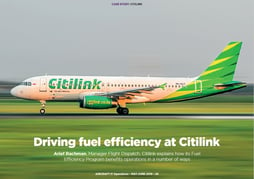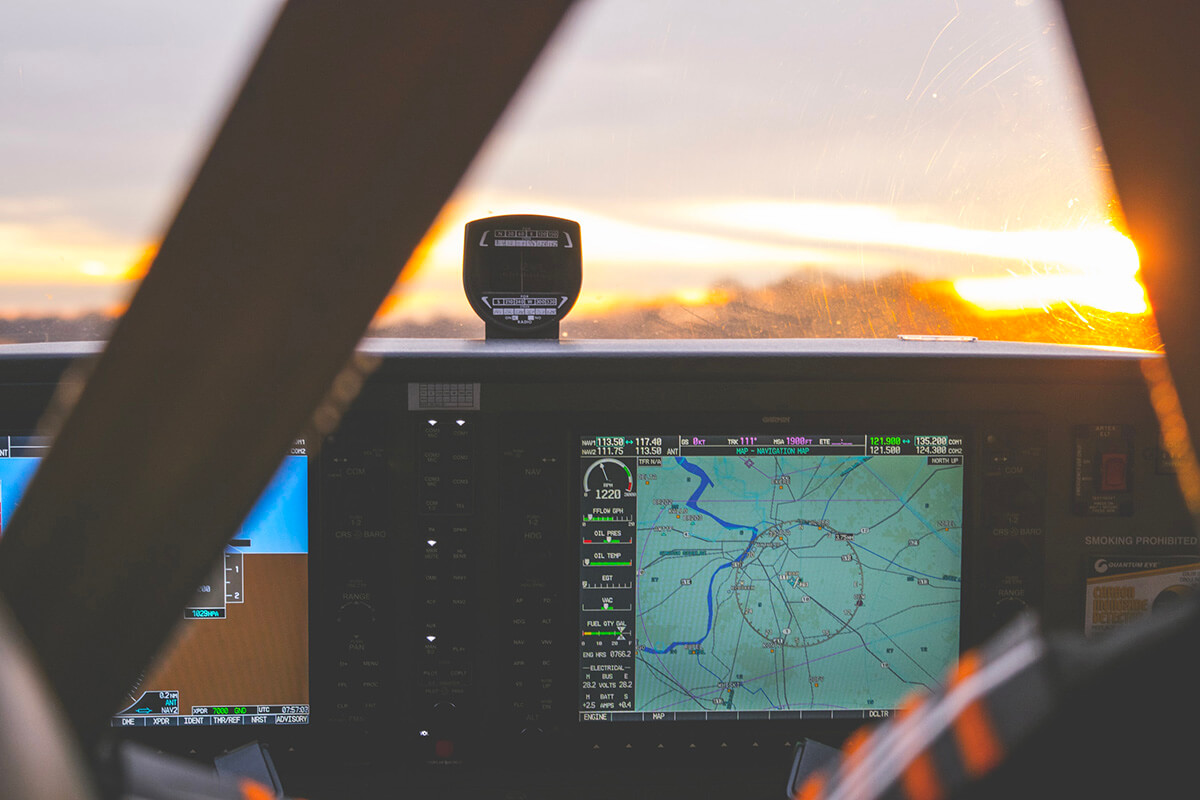Why and how trajectory analysis can enhance your airline operations?
Flight trajectories data is a gold mine for optimizing airline operations.
Indeed, many savings opportunities are possible for airlines around trajectories, such as:
- Discussing with Air Traffic Control (ATC) the access to optimal cruise altitudes
- Identifying the shortest arrival approach
- Incorporating traffic in flight planning
- Adjusting pilot extra fuel with holding and vectoring probability to increase safety and efficiency
With fuel prices impacting airlines’ profitability directly, it’s time for airlines to start considering advanced trajectory analysis to enhance their fuel efficiency best practices and get a step ahead.
Let’s see what can be done and how:
Fly closer to the optimum
Despite the quality and precision of flight planning systems, actual flights often deviate from what was planned. These deviations can cause significant overconsumption compared to the optimal flight plan:
- To ensure safe operations, ATC puts aircraft on holdings or on vectoring. According to IATA, a vector that adds just 8 miles corresponds to an extra 120 USD in fuel consumption for the average aircraft. In other words, vectoring costs around 50 USD per lost minute of flight.
- The actual cruise altitude can differ from the optimal one due to ATC constraints or other factors. For example, an Airbus A340 flying 4,000 feet below its optimal cruise altitude will burn an extra 5 USD per minute, according to IATA. Moreover, this small overconsumption quickly adds up: one hour of flight in these conditions represents 400 kg of extra fuel and increases CO2 emissions by 1,260 kg.
Advanced trajectory analysis can help identify and understand these situations and highlight the relevant actions to take. For example, in the above cases:
- Analyzing specifically the end of the actual flight against the planned one could show where and when holding and vectoring often happen and to take it into account in flight planning and flight preparation.
- A systematic waypoint per waypoint analysis can highlight where and when cruise altitude deviations occur. This intelligence can then be used in flight planning or in discussions with ATC, to help airlines access optimal altitudes.
Identify room for improvement
In some cases, deviations from the flight plan are profitable to the operator.
Direct routes often generate substantial savings in term of time and fuel. Indeed, our customers’ flight data suggest that directs allow to save an average of 90 USD per avoided minute of flight. However, the benefits and the likelihood to obtain a direct depend on each route, time of day, and actual flight conditions (wind, ATC, …).
Advanced airlines can enjoy an automatic detection based on the comparison of the planned and actual trajectories. Based on this detection, a statistical analysis per route can identify which directs feature both high benefits and a reasonable likelihood to be granted by ATC.
This can help pilots focus on priority direct routes. To maximize the impact of this approach, the targeted direct routes can be made available to the pilots directly via a mobile application.
>> Learn more:
At the end of the flight, pilots can sometimes fly approaches shorter than standard ones, depending on conditions.
In this case, flight trajectory data holds much information and helps airlines find out when and where short approaches can be flown. Some operators are already willing to use trajectory data and artificial intelligence to automatically detect short approaches and compute the associated fuel savings. And just like for direct routes, airlines can establish a list of destination airports and runways to focus on for flying short approaches and save fuel and money.
As flight conditions are similar, fuel savings here are equivalent to the overconsumption observed when vectoring, around 50 USD per avoided minute of flight.
Adjust pilot extra fuel thanks to an increased pilot confidence
All the above-mentioned advanced trajectory analyses increase the understanding of how actual operations go. This understanding can lead to better-adapted procedures and recommendations, increase pilot confidence, and improve pilot extra fuel adjustment. Bottom line, this will benefit airline safety as well as fuel efficiency.
>> Learn more: How to reduce pilot extra fuel without compromising safety?
To conclude, actual flight data is already used by most airlines to make their operations more efficient. But huge benefits are still to be captured with the analysis of trajectories. That’s why we advise you to appropriately adjust your operations or else your airline is at risk of losing competitive advantage to those who do.
Indeed, advanced trajectory analysis can help airlines better discuss with ATC the access to optimal cruise altitudes, identify the shortest arrival approaches, adapt their flight plan to actual conditions (holdings..), or help pilots to better adjust their extra fuel.
Because it requires data proficiency and scientific expertise, the first airlines using advanced trajectory analysis on their daily operations will get a step ahead fuel-efficiency wise.
To be more efficient, we advise you to empower your team with a fuel efficiency solution based on AI and big data algorithms such as SkyBreathe® and get insights from advanced trajectory analysis in a glance.
READ MORE
Like what you see? Want to learn more about fuel efficiency?
Discover more case studies and stories from airlines that have been there:




